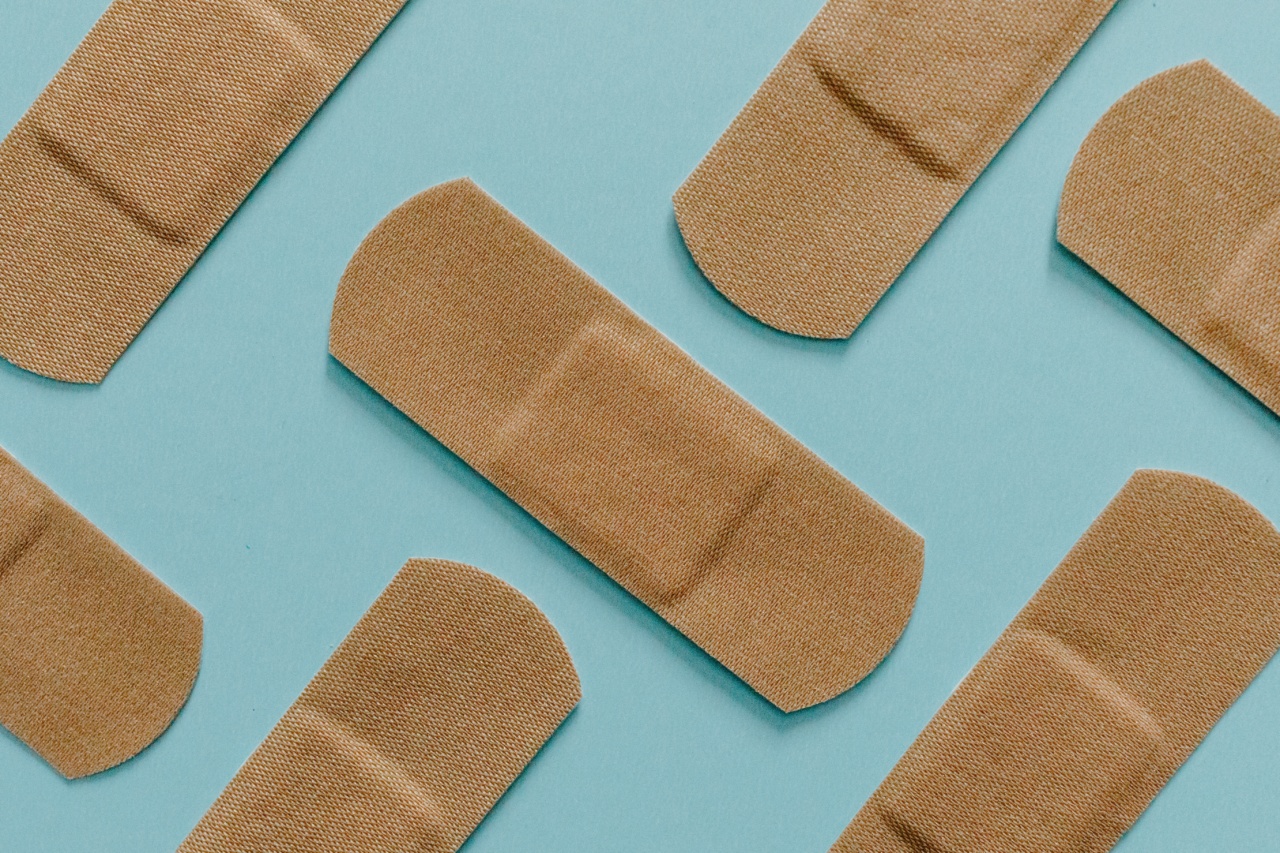Chronic pain can significantly impact a person’s daily life, making even the simplest tasks challenging and painful.
While many individuals rely on medication to manage their chronic pain, there are alternative methods that can help alleviate discomfort without resorting to pharmaceuticals. This article aims to explore various techniques and strategies that can be employed to eliminate chronic pain without the dependence on medication.
Understanding Chronic Pain
Chronic pain refers to persistent pain that lasts for more than three months, often resulting from an underlying medical condition or injury.
It can manifest in various forms such as headaches, back pain, arthritis, fibromyalgia, and neuropathy, among others. The conventional approach to managing chronic pain involves the use of pain-relieving medications, which may provide short-term relief but can come with numerous side effects and the risk of dependency.
1. Physical Therapy and Exercise
Physical therapy plays a crucial role in managing chronic pain. It involves exercises and techniques that aim to strengthen the body, improve flexibility, and reduce pain.
A physical therapist can design an individualized program tailored to a person’s specific needs, focusing on stretching, strength training, and cardiovascular exercises. Regular exercise helps to release endorphins—the body’s natural painkillers—promoting overall well-being and pain reduction.
2. Mind-Body Techniques
Utilizing mind-body techniques can significantly alleviate chronic pain. Practices such as meditation, deep breathing exercises, guided imagery, and progressive muscle relaxation can help relax the mind and body, reducing pain sensations.
By redirecting attention away from pain and promoting feelings of calm and relaxation, these techniques assist in managing chronic pain without the reliance on medication.
3. Acupuncture
Originating from traditional Chinese medicine, acupuncture involves the insertion of thin needles into specific points on the body.
This ancient practice stimulates the nervous system, releasing endorphins and activating natural pain-relieving mechanisms. Acupuncture is commonly used to treat chronic pain conditions, including migraines, back pain, and osteoarthritis.
4. Heat and Cold Therapy
Heat and cold therapy can effectively provide relief for chronic pain. Applying a heating pad or warm towel to the affected area enhances blood flow, relaxes muscles, and reduces stiffness.
Alternatively, cold therapy, such as ice packs or cold compresses, can help numb the area, reduce inflammation, and alleviate pain. Both heat and cold therapy can be used interchangeably, depending on the nature of the pain.
5. Massage Therapy
Massage therapy is a hands-on approach that involves manipulation of soft tissues to reduce muscle tension, relieve pain, and promote relaxation.
It can effectively alleviate chronic pain by improving circulation, reducing inflammation, and releasing tension. Various techniques such as Swedish massage, deep tissue massage, and trigger point therapy can be utilized to target specific areas of pain and discomfort.
6. Herbal and Natural Supplements
Several herbal and natural supplements have shown promise in reducing chronic pain without the reliance on medication.
Turmeric, ginger, devil’s claw, white willow bark, and capsaicin cream are examples of natural remedies with anti-inflammatory and pain-relieving properties. However, it is important to consult with a healthcare professional before incorporating any supplements into one’s routine, as they may interact with existing medications or medical conditions.
7. Cognitive-Behavioral Therapy (CBT)
Cognitive-behavioral therapy is a psychological approach aimed at identifying and modifying negative thought patterns and behaviors that contribute to chronic pain.
By addressing the emotional and psychological aspects of pain, CBT can help individuals develop coping strategies, manage stress, and improve their overall well-being. Through techniques such as relaxation training, problem-solving, and cognitive restructuring, CBT can play a vital role in pain management.
8. Transcutaneous Electrical Nerve Stimulation (TENS)
TENS is a non-invasive method that involves the use of low-voltage electrical currents to alleviate chronic pain.
Small electrode pads are placed on the skin near the source of pain, transmitting a tingling sensation that distracts the nerves from transmitting pain signals to the brain. TENS is a widely used technique for managing various chronic pain conditions, including arthritis, neuropathy, and musculoskeletal pain.
9. Chiropractic Care
Chiropractic care focuses on diagnosing and treating musculoskeletal disorders, primarily through manual adjustments and manipulation of the spine.
This alternative therapy aims to restore proper alignment of the body’s musculoskeletal structure, relieving pain, improving function, and facilitating the body’s natural healing process. Chiropractic care is particularly beneficial for chronic pain conditions related to the spine, such as back pain and neck pain.
10. Stress Management
Stress and chronic pain often go hand in hand, with stress exacerbating the intensity and frequency of pain. Effective stress management strategies can help reduce the impact of chronic pain.
Engaging in activities such as yoga, tai chi, or participating in support groups can promote relaxation, improve mood, and provide a sense of community. Additionally, ensuring adequate sleep, practicing mindfulness, and maintaining a healthy lifestyle can all contribute to stress reduction and pain relief.
Conclusion
Living with chronic pain can be challenging, but it does not always require relying solely on medication.
This article has explored various alternative methods to manage and ultimately eliminate chronic pain without the risk of dependency on pharmaceuticals.
Physical therapy, mind-body techniques, acupuncture, heat and cold therapy, massage therapy, herbal supplements, cognitive-behavioral therapy, TENS, chiropractic care, and stress management are all effective approaches that can be explored individually or in combination to find relief from chronic pain. It is crucial to consult with healthcare professionals and explore these alternative options to determine the most suitable approach for each individual’s unique pain management needs.





























